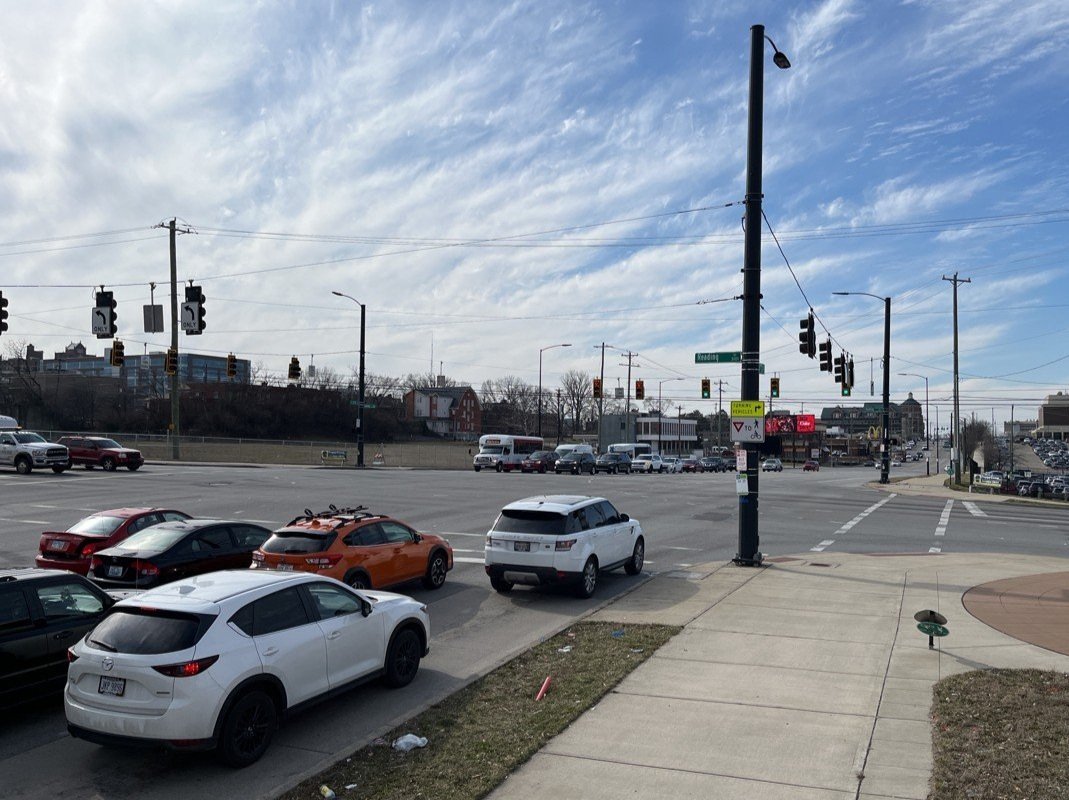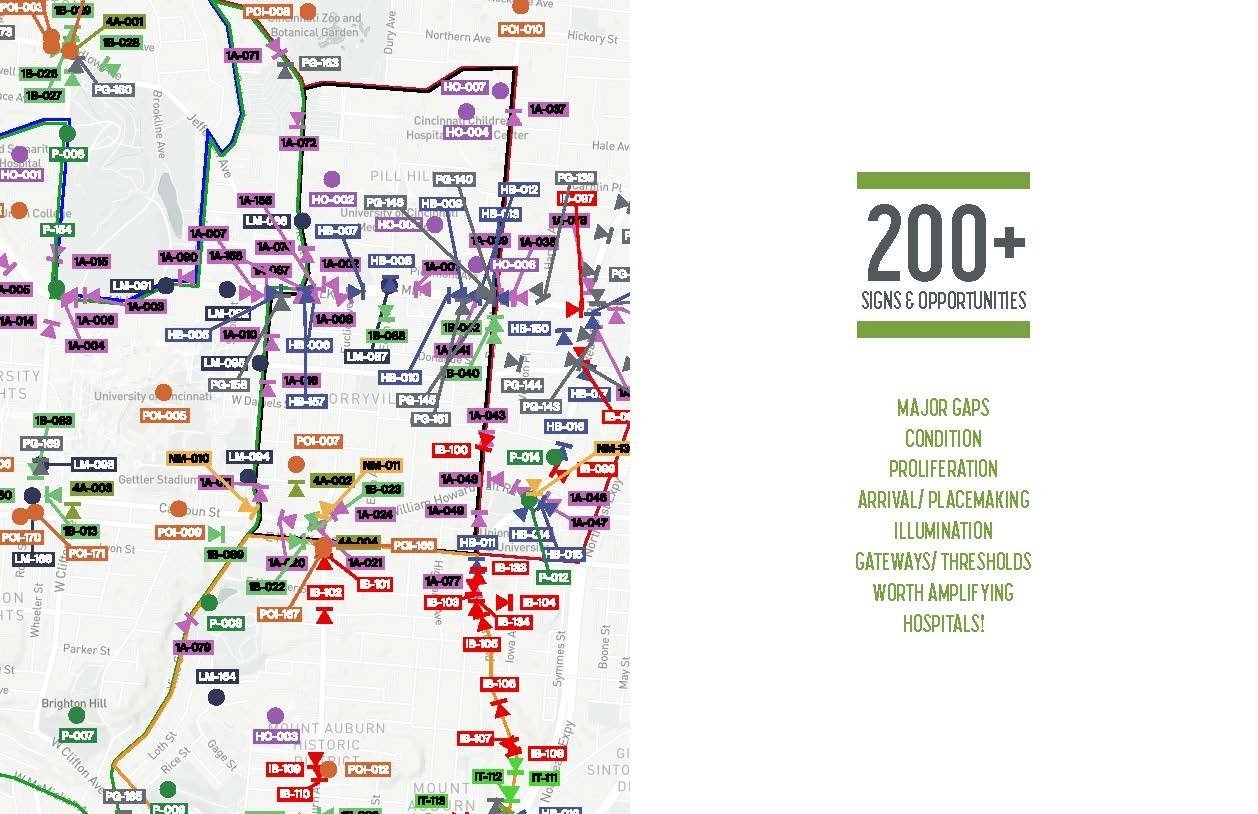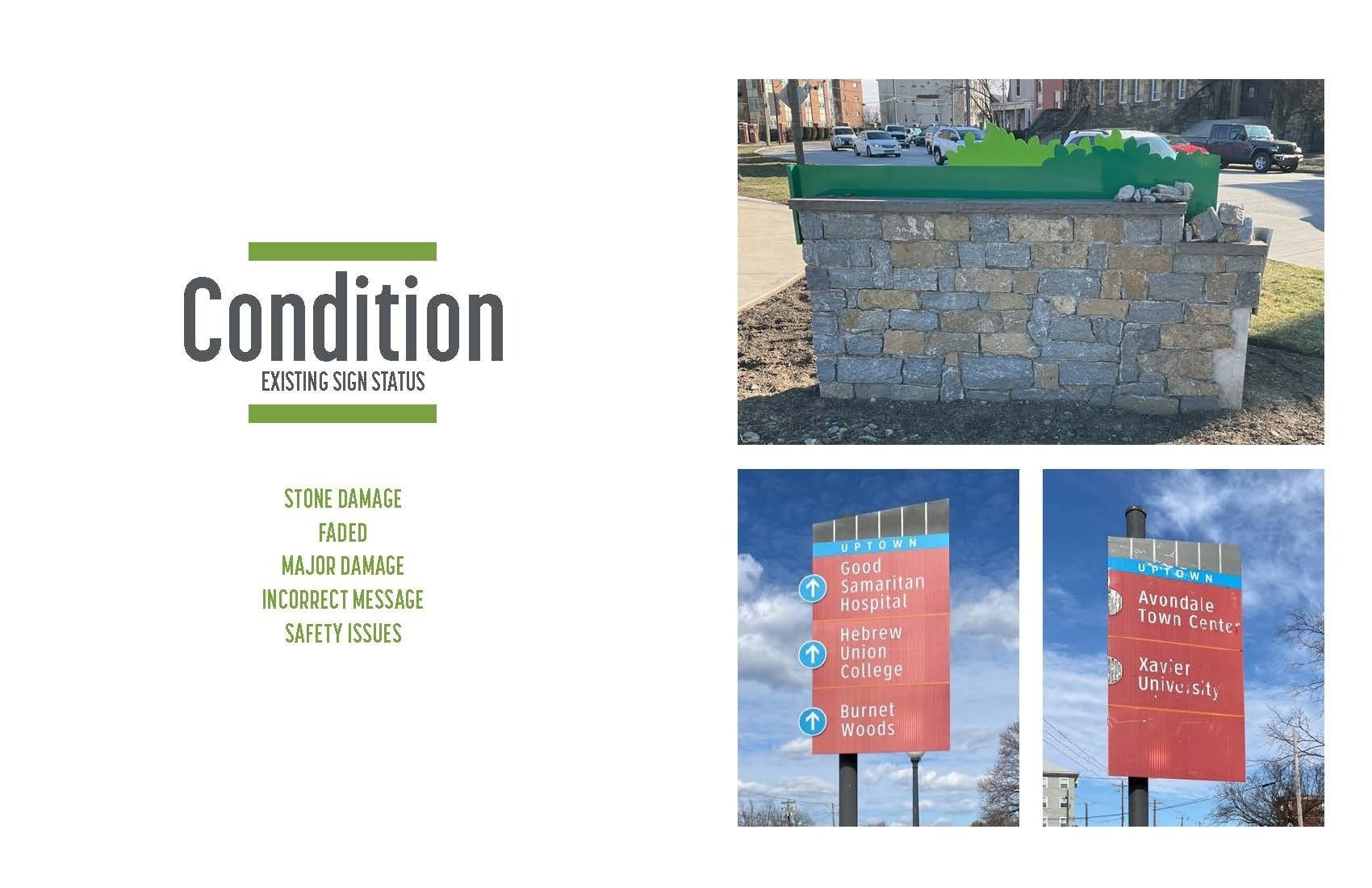Now is the time to redefine the Uptown experience, leveraging its established reputation as a vibrant, evolving innovation hub and a unique neighborhood collective. Uptown Consortium, Inc. (UCI) is leading discussions to understand what it will take to create a cohesive visual identity for the area that preserves the community’s spirit and reflects the collective vision for Uptown’s future. “When anyone comes to Uptown, they should be able to look around and feel they are in a distinctive and welcoming place that honors its past while embracing the future,” said UCI President and CEO Beth Robinson.
Stakeholders Contribute to Shaping the Strategy
UCI has engaged about 70 stakeholders in this process, including UCI’s Members, University of Cincinnati, UC Health, Cincinnati Children’s Hospital Medical Center and the Cincinnati Zoo & Botanical Garden, in addition to the City of Cincinnati, neighborhood residents and community council/CDC/business association leaders, developers, transit partners, elected officials and other large area institutions.
Stakeholders participate in a workshop about how to enhance the overall Uptown experience.
In February, all stakeholders were invited to in-person group sessions to explore and better understand stakeholders’ thoughts about enhancements to the overall Uptown experience. Design Workshop, a third-party international design firm, led the sessions, joined by R.L. Record, UCI’s transportation consultant.
“The city is excited to collaborate with UCI, Design Workshop, member institutions, and collective neighborhoods for an innovative reimagining of the Uptown experience. This aligned vision will become the foundational framework moving forward and set the stage for creating a world-class urban district reflective of the unique identities and needs of our Uptown stakeholders,” said Joell Angel-Chumbley, Supervising Graphic Designer for the City’s Office of Architecture and Urban Design.
At the sessions, two dozen stakeholder participants were organized into four groups. Each group was created to represent broad stakeholder backgrounds and reflect diverse viewpoints on the issue. Design Workshop also conducted a visual inventory and analysis of Uptown before and outside of the sessions. Stakeholders’ perceptions of how to create a collective experience in Uptown align with discoveries by Design Workshop.
Opportunities for Improvement
“Helping define Uptown’s visual and physical identity and actualizing design plans to impact and reflect the community and its needs positively is the heart and soul of what we do at Design Workshop. The roundtable discussions, along with our first-hand, outsider experiences of the area, serve as vital foundations to bring to life an experience that balances economic, social, environmental and artistic considerations. The goals include improving experience and navigation, and doing so with long-term needs in mind,” said Renée Ludlam, Associate, Environmental Graphic Design at Design Workshop.
Initial stakeholder information-gathering sessions revealed the following takeaways:
Create a sense of arrival in Uptown and improve a sense of place
Increase clarity on Uptown’s collective identity and amplify the diversity within
Reduce signage/visual clutter through consolidation
Improve vehicle navigation through signage and encourage alternative routes into and around Uptown
Improve pedestrian wayfinding and connectivity
Improve cyclist safety with dedicated signage and road markings
Improve access to public transportation
Explore parking and circulating/shuttle systems
Enhance synergies between users (ex. restaurants to institutions) and prioritize safety, connectivity, and wayfinding within these relationships
Improve streetscapes, plantings along sidewalks, promote use of green spaces that already exist
Improve stakeholder collaboration in defining the future of Uptown
Suggestions for improvement from Design Workshop include:
Wayfinding signage exists primarily on main roads, consider expanding broader with a multi-modal strategy
Lack of pedestrian or bike signage exists
Signs that do exist are damaged, faded, and/or contain incorrect messages
In some locations, signs hinder communication because they are cluttered and distracting
When the sun is down, it’s hard to experience the existing wayfinding signs due to shadows, no lighting and/or lack of contrast to clearly read signs
Inconsistent branding identity exists throughout Uptown’s neighborhoods, which creates a lack of cohesion
The distinction between Downtown and Uptown should be made clearer to sharpen Uptown’s collective identity
Slides Courtesy: Design Workshop
Uptown’s Strengths
Groups also discussed Uptown’s strengths and identified elements that shouldn’t change. These are some of the things that the groups believe should be considered during the next steps of the process to create a distinctive Uptown experience.
Opportunity to elevate all stakeholders vision and voice
Watching the area grow/transform/expand
Innovation occurring among the institutions
Walkability within business districts
Architecture, historic neighborhoods, and new development
Parks and topography help create intimacy for neighborhoods and businesses
Neighborhoods are organic, vibrant and eclectic
Diversity of the area in terms of who lives, works, and plays there
Collaboration among community groups and major institutions
Next Steps
As UCI and the city review the takeaways from these important information-gathering sessions and the findings from Design Workshop’s on-the-ground research, to determine the next steps, additional information will continue to be shared in the coming months. UCI is excited to develop action plans to improve the experience and sense of place in Uptown and shape the future of this dynamic area.







